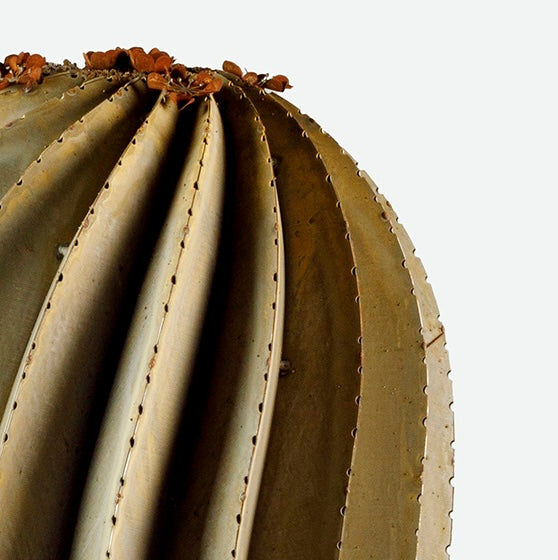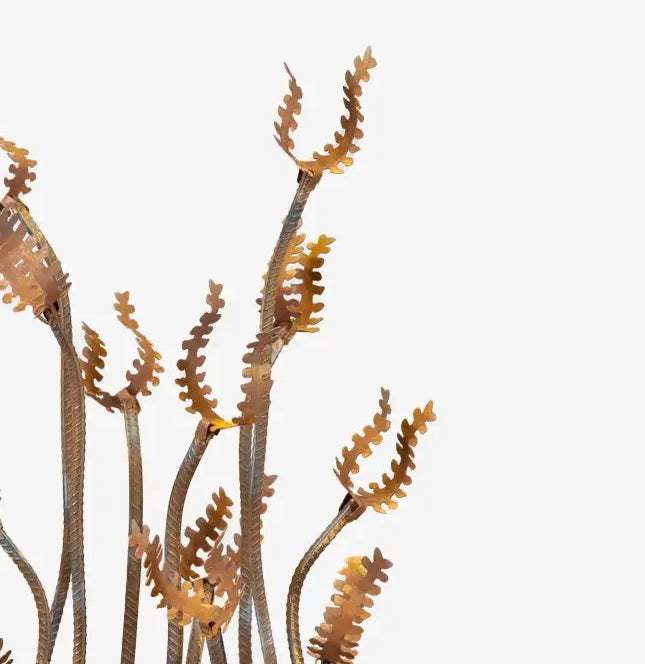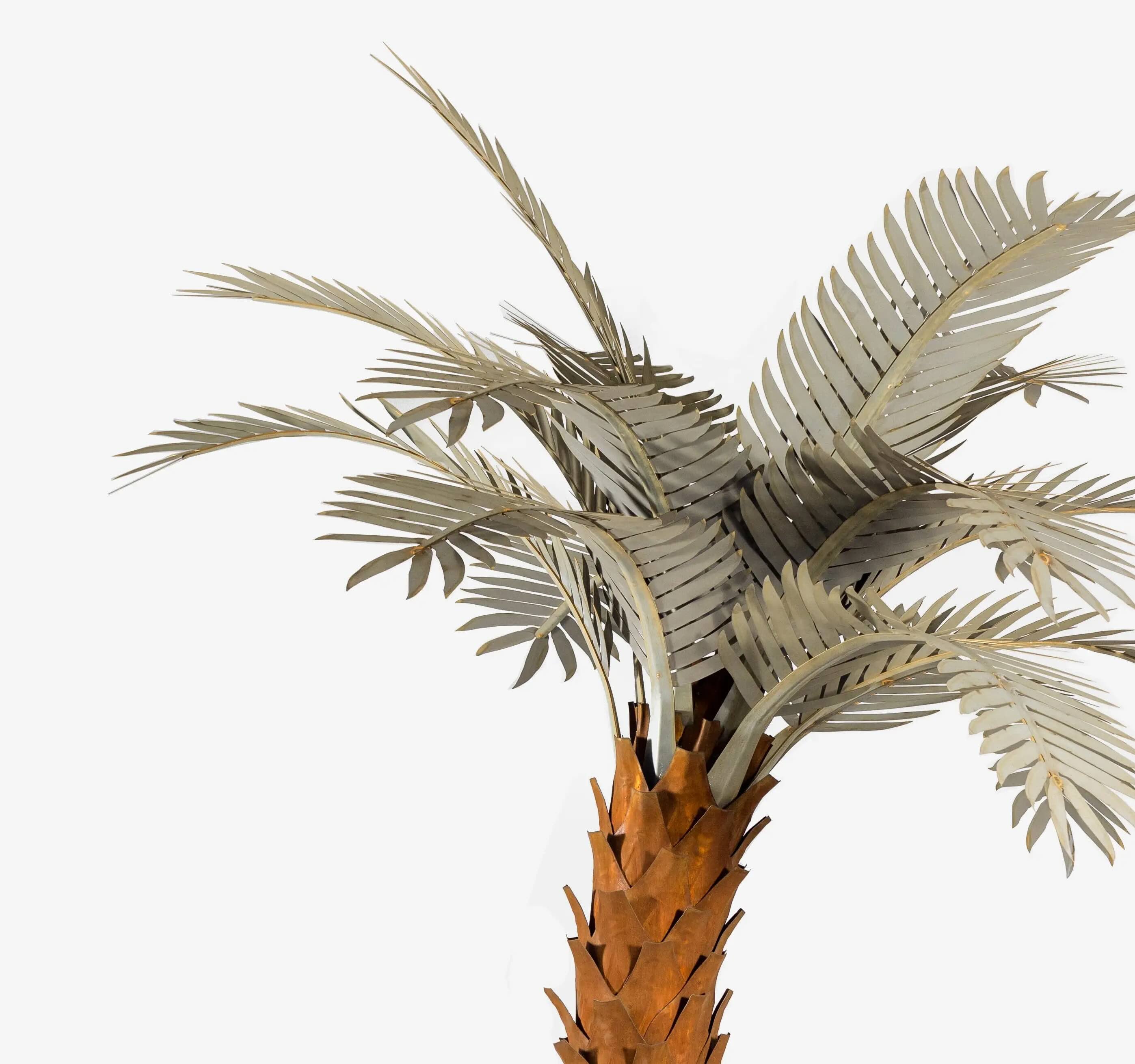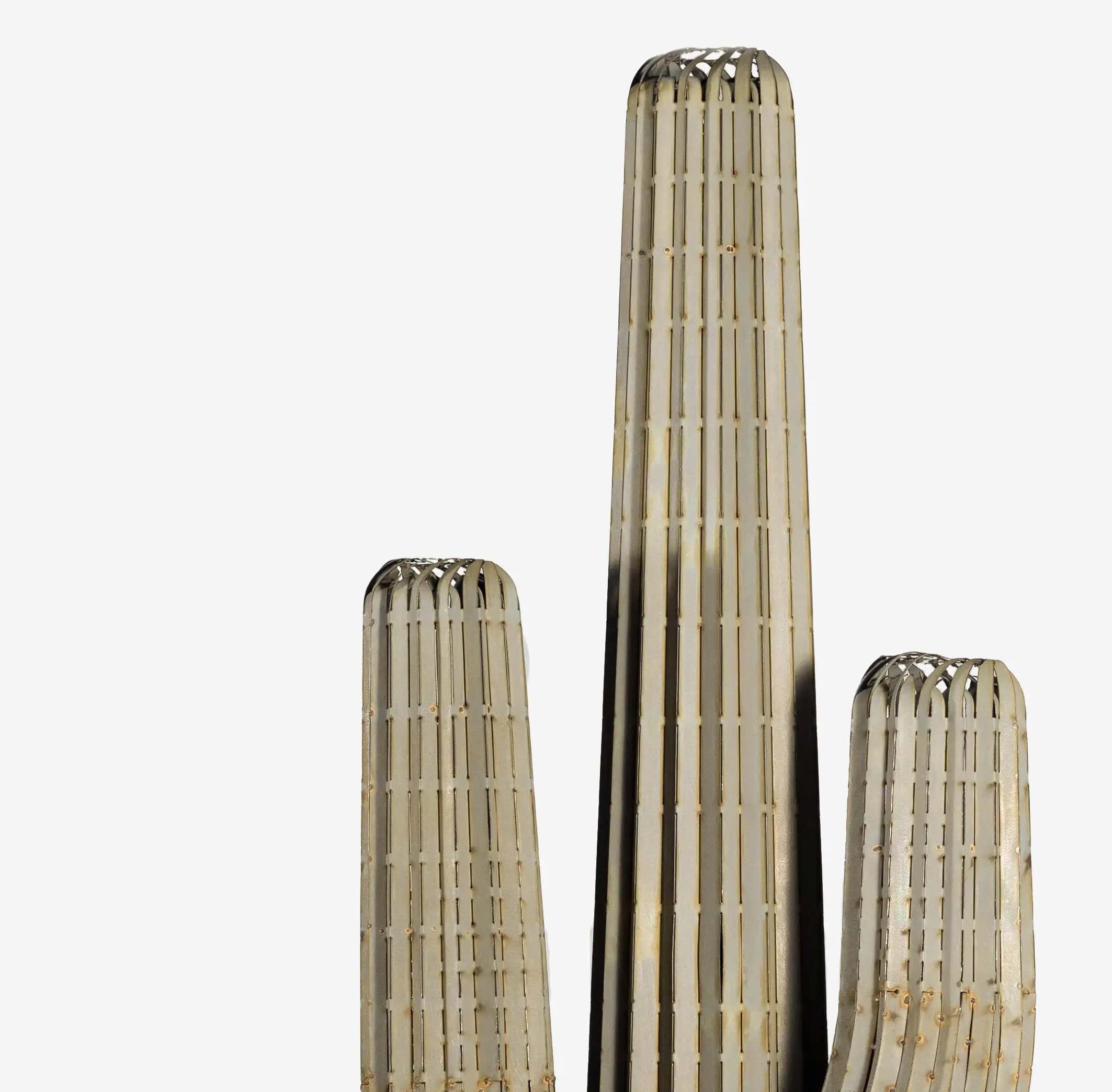How Often Should You Water Your Cactus? A Guide to Keeping Your Cactus Healthy
Cacti are beloved for their resilience and unique beauty, making them a popular choice for indoor and outdoor gardens. While these hardy plants are relatively low-maintenance, understanding their watering needs is crucial to ensure they thrive. Here's a guide on how often you should water your cactus, along with some tips to help keep it healthy and vibrant.
Understanding Cactus Watering Needs
Cacti are native to arid desert environments and have adapted to survive with minimal water. They store moisture in their thick stems and have developed a root system that can quickly absorb any available water. Overwatering is a common mistake that can lead to root rot and other issues, so it's essential to strike the right balance.
General Watering Guidelines
-
Seasonal Watering
-
Spring and Summer (Growing Season): During the active growing months, cacti require more frequent watering. Water your cactus every 1-2 weeks, allowing the soil to dry out completely between waterings. The exact frequency depends on factors like temperature, humidity, and the size of the pot.
-
Fall and Winter (Dormant Season): As the days shorten and temperatures drop, cacti enter a dormant phase. During this time, reduce watering to once every 4-6 weeks. The soil should be almost completely dry between waterings to mimic the cactus's natural environment.
-
-
Indoor vs. Outdoor Cacti
-
Indoor Cacti: Indoor cacti generally need less water than outdoor ones due to stable indoor temperatures and reduced exposure to sunlight. Be cautious of overwatering and always check the soil moisture level before watering.
-
Outdoor Cacti: Outdoor cacti, exposed to more sunlight and airflow, may require more frequent watering, especially during hot and dry spells. Ensure they are planted in well-draining soil to prevent water from pooling around the roots.
-
Tips for Watering Your Cactus
-
Check the Soil Moisture
Use your finger or a moisture meter to check the soil moisture level. Insert your finger about an inch into the soil; if it feels dry, it's time to water. If it's still damp, wait a few more days before checking again.
-
Water Deeply and Thoroughly
When it's time to water, do so deeply and thoroughly. Ensure the water reaches the roots by watering until it begins to drain from the bottom of the pot. This encourages deep root growth and prevents shallow, weak root systems.
-
Use the Right Pot and Soil
Plant your cactus in a pot with drainage holes and use a well-draining cactus or succulent soil mix. This allows excess water to escape, reducing the risk of root rot.
-
Adjust for Humidity and Temperature
During hot and dry weather, cacti may need more frequent watering, while high humidity and cooler temperatures will require less. Always adjust your watering schedule based on the current environmental conditions.
-
Observe Your Cactus
Pay attention to your cactus's appearance and adjust your care accordingly. Wrinkling or shriveling may indicate underwatering, while yellowing or black spots could be a sign of overwatering.
Conclusion
Finding the right watering schedule for your cactus involves understanding its natural habitat and adapting to your environment. By watering appropriately and monitoring your plant's condition, you can enjoy a healthy and thriving cactus that adds a touch of desert beauty to your home or garden.
Discover Our Metal Yard Art & Landscaping Solutions
If you’re looking to upgrade your landscaping, we have the perfect collection of metal yard art for your space. From large garden sculptures to smaller pieces, such as metal succulents, barrel cacti, palm trees and more. These make a beautiful feature to your front yard and require ZERO watering or maintenance. Contact us today and we can help advise you on the best solutions for your yard. We also offer a FREE design service for your landscaping needs, so let us know if this is something you’d be interested in.
 Agaves
Agaves
 Barrel Cacti
Barrel Cacti
 Joshua Trees
Joshua Trees
 Mexican Fence Post
Mexican Fence Post
 Ocotillo
Ocotillo
 Palm Trees
Palm Trees
 Prickly Pears
Prickly Pears
 Saguaros
Saguaros
 Succulents
Succulents